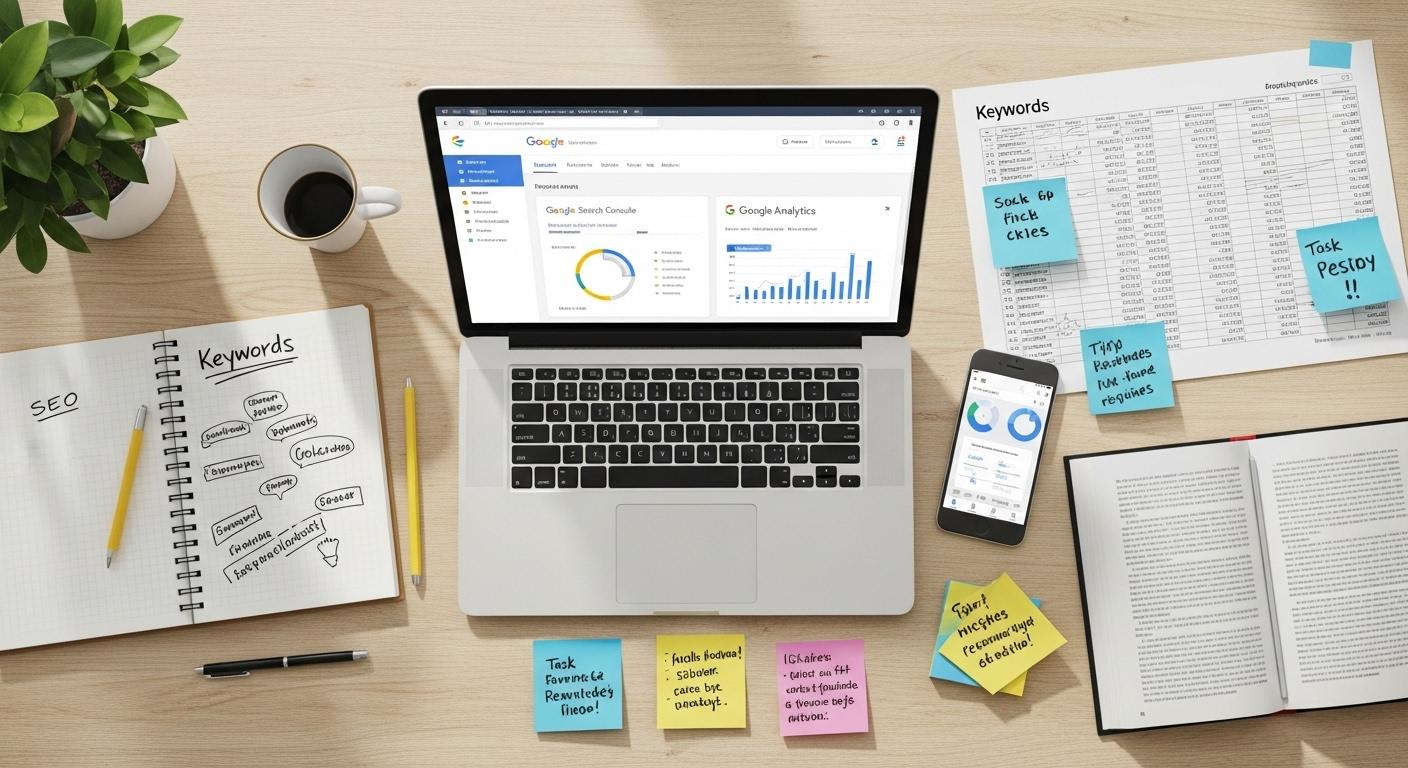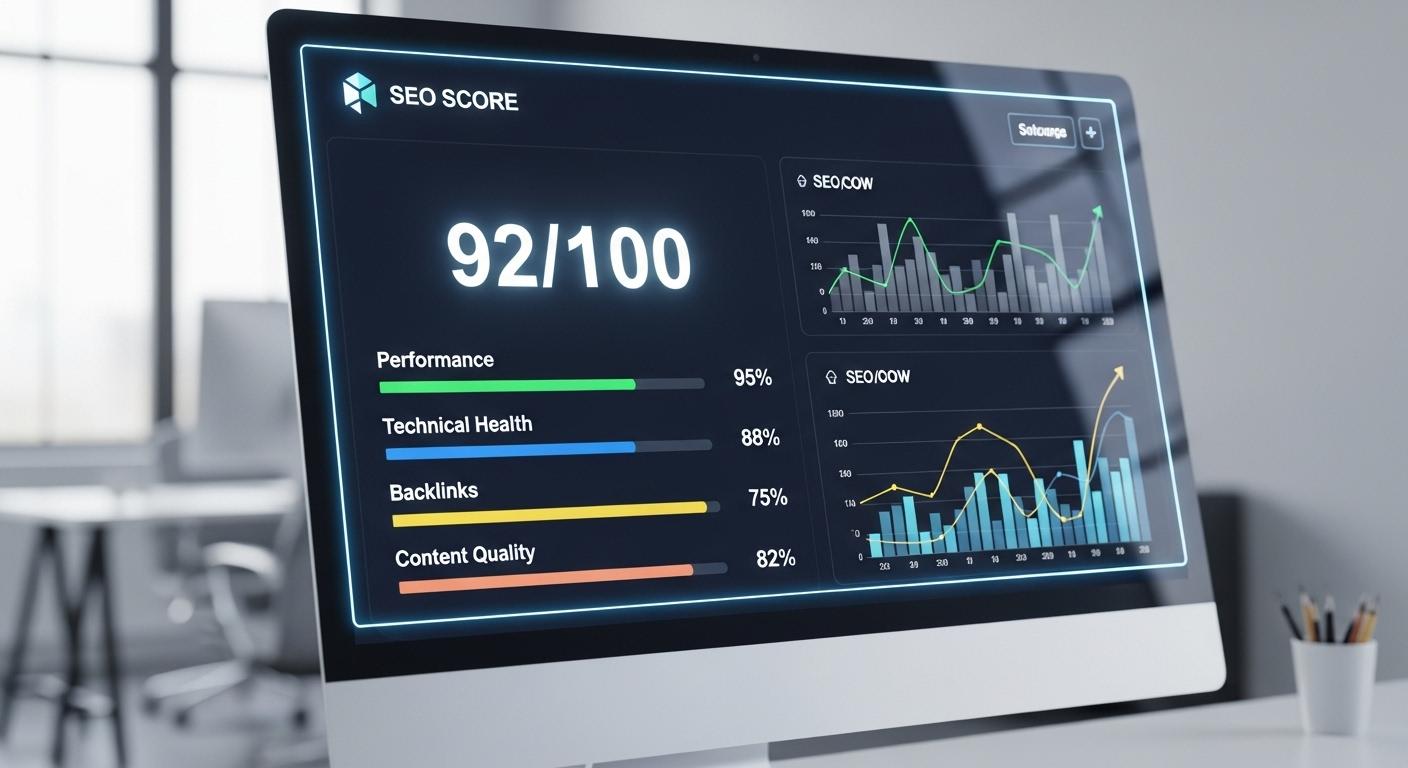
Launching an online store feels like a dream come true – your products and vision come to life online! But turning clicks into cash? That's where things get tricky. Many store owners pour their hearts into building a shop, only to face the gut-punch question: "Why isn't my store converting?" Minor development missteps can destroy your revenue potential. These mistakes also frustrate customers and bury your site in search rankings. Poor design choices, clunky navigation, or slow load times might seem minor. They can cost you dearly: lost sales, abandoned carts, and damaged SEO performance.
The good news? You can dodge these pitfalls with e-commerce best practices. We'll reveal five critical mistakes that sabotage online stores. These include neglecting mobile optimization and ignoring user experience. Let's also consider underestimating page speed, skipping SEO fundamentals, and mishandling checkout processes. By understanding these errors and how to fix them, you'll set your store up to thrive. This will keep customers satisfied and improve your bottom line. Let's dive in!
Mistake #1 — Ignoring Mobile Optimization (Your Store's Silent Killer)
In 2025, over 70% of sales traffic will come from mobile devices. Many e-commerce strategies overlook this reality, costing valuable sales. Ignoring mobile optimization is the top online store pitfall. This turns potential customers away, making even decent websites perform poorly. Poor mobile experiences include confusing navigation, oversized images, and slow checkout processes. They frustrate users, with 53% abandoning sites that take over 3 seconds to load.
Common issues:
- Oversized elements: Images or buttons not scaled for smaller screens.
- Confusing mobile navigation: Menus that are hard to tap or find.
- Slow checkout processes: Multi-step forms that feel endless on mobile.
Immediate action steps to fix mobile optimization issues:
- Adopt a mobile-first design: Prioritize responsive layouts for all devices.
- Optimize images: Use compressed formats like WebP to boost speed.
- Simplify navigation: Use clear, thumb-friendly menus.
- Streamline checkout: Enable one-tap payments like Apple Pay or Google Wallet.
- Test regularly: Use tools like Google's Mobile-Friendly Test.
Don't let mobile neglect silently kill your store's potential. Act now to enhance user experience and capture the growing mobile shopper base.
Mistake #2 — Poor Product Pages That Don't Sell
Weak product pages are a leading cause of poor e-commerce conversion rates. In 2025, with 80% of shoppers researching before buying, subpar product pages frustrate users and hurt sales. What are the most common mistakes in the product development process for e-commerce? Poor user experience, missing product details, and weak content are the primary issues. SEO problems like thin product descriptions significantly harm search discoverability.
Common issues:
- Lack of detail: Missing specs, vague descriptions, or no sizing charts.
- Low-quality images: Pixelated photos or limited product views deter buyers, since 67% of shoppers value visuals over text descriptions.
- No social proof: Lack of reviews, ratings, or testimonials erodes trust.
- No urgency: Missing stock counters or delivery timelines fail to nudge purchases.
- Poor CTAs: Unclear or buried "Add to Cart" buttons confuse users.
Fixes to boost conversions:
- Clear, compelling CTAs: Use bold, action-oriented buttons: "Buy Now" or "Add to Cart" in prominent spots.
- SEO-friendly descriptions: Write unique, keyword-rich descriptions to improve rankings and inform buyers. Focus on avoiding common e-commerce SEO mistakes.
- Enhanced visuals: Include high-resolution images, 360° views, or videos to showcase products.
- Add social proof: Display customer reviews, star ratings, or testimonials to build trust. 88% of shoppers trust reviews as much as personal recommendations.
- Create urgency: Show low-stock alerts or fast-delivery promises to encourage quick decisions.
- Optimize layout: Use clean, mobile-friendly designs with intuitive navigation and fast load times.
Fixing these e-commerce mistakes transforms product pages into powerful conversion tools. Test layouts, track user behavior, and refine content. Ensure your pages both attract visitors and convert them into loyal customers.
Mistake #3 — Not Thinking About SEO Until It's Too Late

Ignoring SEO from the beginning is a critical business development mistake. It cripples long-term traffic and sales. In 2025, 68% of online experiences begin with a search engine. Many stores neglect SEO, creating serious e-commerce development problems. This buries their stores deep in search results. Without a strategy, you miss out on organic traffic, which drives 40% of e-commerce revenue.
Common issues:
- No keyword strategy: Failing to target relevant keywords for categories and products.
- Duplicate content: Identical descriptions across product variations confuse search engines.
- Poor technical optimization: Missing metadata, messy URL structures, or indexing issues limit visibility.
Fixes to avoid e-commerce errors:
- Build a keyword strategy: Research high-intent keywords for your products and categories. Use tools like Google Keyword Planner for this research.
- Create unique content: Write distinct descriptions for each product variation to avoid SEO penalties. This prevents duplicate content penalties that hurt search rankings.
- Optimize technical SEO: Use descriptive URLs, meta titles, and descriptions with targeted keywords. Ensure proper indexing with a clean sitemap.
- Start early: Plan SEO during store setup, not as an afterthought. This approach aligns your content and site structure with search engine requirements.
Prioritize SEO from day one to boost discoverability and drive consistent traffic. Fix these mistakes to secure a competitive edge and maximize sales potential.
Mistake #4 — A Complicated or Distracting Checkout Process
A clunky checkout process is a conversion killer, with 70% of shoppers abandoning carts due to friction. In 2025, seamless checkouts are critical to e-commerce best practices. Too many stores create unnecessary barriers that drive customers away. Simplifying checkout ensures your store optimization efforts maximize sales potential.
Common issues:
- Too many steps: Multi-page checkouts overwhelm users, increasing abandonment rates.
- Mandatory account creation: Forcing sign-ups frustrates 34% of shoppers who prefer guest options.
- Unclear shipping info: Vague delivery times or costs cause distrust.
- Psychological friction: Missing trust signals (e.g., security badges) or surprise fees at the end erode confidence.
So, we manage what is the best thing you can do to prevent a purchasing mistake. Fixes to streamline checkout:
- Simplify the process: Reduce checkout to 1–2 steps, using a single-page design where possible.
- Enable guest checkout: Allow purchases without account creation. This can boost conversions by up to 45%.
- Clarify pricing and shipping: Display total costs, including taxes and shipping, upfront. Provide clear delivery timelines.
- Add trust signals: Include security badges, SSL certificates, and customer reviews. These elements help build customer confidence.
- Optimize for mobile: Ensure buttons and forms are thumb-friendly. 60% of checkouts happen on mobile.
A smooth checkout process is your e-commerce solution for sustained revenue growth. By addressing these issues, you align with online store best practices. This will also significantly reduce cart abandonment rates. Test your checkout flow regularly, track drop-off points, and prioritize user trust to turn browsers into buyers.
Mistake #5 — Launching Without Testing or Feedback
Launching an online store without proper testing or user feedback is a critical development mistake. This undermines all efforts to build a successful online store. In 2025, 88% of shoppers expect seamless experiences. Untested stores risk costly errors that no e-commerce brand can afford. These include bugs, poor user experience, and damaged customer trust. Skipping this step jeopardizes performance and drives customers away.
Common issues:
- No UX testing: Unintuitive navigation or confusing layouts frustrate users.
- Overlooked bugs: Broken links, glitchy forms, or slow load times disrupt shopping.
- No user feedback: Launching without real-world input misses critical pain points.
- Poor performance: Unoptimized sites lead to 40% of users abandoning pages that load over 3 seconds.
Fixes to ensure a strong launch:
- Conduct UX testing: Use tools like Hotjar to track user interactions and identify friction points.
- Test with real users: Recruit a small group to navigate your store and provide honest feedback.
- Check for bugs: Run automated tests to catch broken links or form errors.
- Optimize performance: Use Google PageSpeed Insights to improve load times and mobile responsiveness.
- Iterate early: Incorporate feedback pre-launch to refine design and functionality.
By prioritizing testing and user feedback, you can avoid errors that are difficult for any e-commerce store to recover from. A polished launch builds trust and drives conversions. We help businesses launch high-converting stores from day one. Partner with us to test, refine, and build successful shopping experiences that convert.
learn with mettevo
view blog


Are You Ready To Grow Your Website?
Understanding the ins and outs of website growth, we help ensure that your site grows over time with ever-increasing reach and accessibility. Not only do we employ the latest digital marketing techniques for driving traffic directly to your website, but our strategies also focus on gaining loyalty from those visitors so they come back again and again.
Leave your contacts to get a comprehensive and aggressive digital marketing plan taking your business to new heights.